
Naturalist Notes
Webinar Series
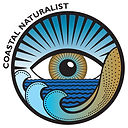
Tuesday Evenings from 6 to 7 pm
January 18 to February 22, 2022
The Naturalist Notes Webinar Series will take place on five Tuesday evenings starting on January 18, 2022. In this series, our hosts will be exploring the wellness benefits of spending time in nature, discussing species specific conservation efforts with local biologists, and celebrating Friends of the Dunes’ 40th Anniversary with a look at past, present, and future stewardship of Humboldt’s coastal dunes. The registration fee is $10 per webinar or $40 for the entire series. Friends of the Dunes members and volunteers receive a 20% discount. Proceeds from this webinar series will help fund this fall’s Coastal Naturalist Training, a California Naturalist Certification program.
Interested in the series but can’t afford the registration fee? Friends of the Dunes is able to
provide free registrations upon request. Contact info@friendsofthedunes.org for more
information.
Webinar Descriptions
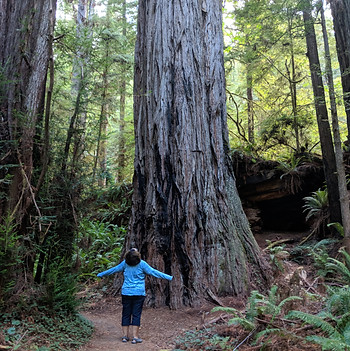
Introduction to Nature Therapy & Forest Bathing
Justin Legge
January 18 from 6-7 pm
Justin Legge is a passionate Naturalist that has been working in the Humboldt County environmental education and adventure tourism realm since 2011. As a traditional Naturalist, his programs have focused on educational outcomes. As a Certified Nature and Forest Therapy Guide, Justin has recently begun offering a very different type of Nature Engagement Program. Rather than focusing on education, Nature Therapy programs help participants to tune into the mental and physiological benefits that nature can provide when we allow ourselves to slow down outdoors. On a usual hike, a human spends a lot of time thinking about things like: “What time is it? How far do I have to go? Is that a tick?” There are so many things that our monkey minds are over-analyzing all the time. The main focus of Nature Therapy and Forest Bathing is to achieve nothing and to think about nothing; to clear your mind and focus on what’s around you. It sounds simple, though in practice it is harder than most people realize. Join us for an Introduction to Forest Bathing and Nature Therapy with Justin Legge, you will come away with a true understanding of the practice and be able to incorporate some of the concepts into your own health and well-being routine.
To Track a Raven: Monitoring Ravens to Understand their Movement within Western Snowy Plover Habitat
Janelle Chojnacki
January 25 from 6-7 pm
From their twisting aerial displays, intimate partner bonding activities, and complex social behaviors, common ravens can be exhilarating to observe. These large, glossy black birds are native to Humboldt’s dune ecosystems, but food subsidies from human activities have enabled them to become problematic for many other native species. One such species is the federally threatened Western snowy plover, a cryptic beach-nesting shorebird that breeds in Humboldt County. Ravens are the number one nest predator of snowy plovers, so HSU graduate student Janelle Chojnacki is using GPS units and colored leg bands to track and observe beach-going ravens in order to better understand the resources influencing these ravens’ behavior. This webinar will discuss the fascinating ecology and interactions of ravens and snowy plovers as well as what we can all do to sustainably enjoy both species.
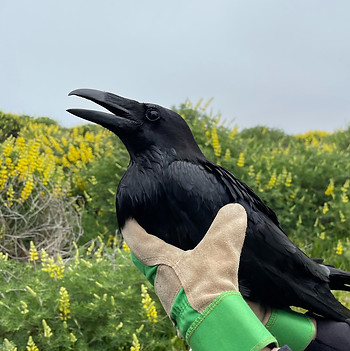
No Webinar
February 1
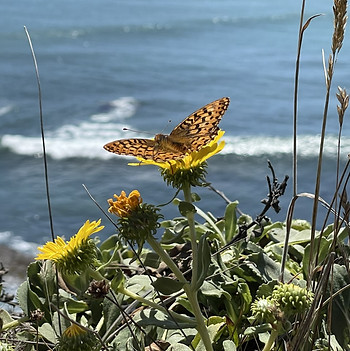
Greater Fritillary Butterfly Conservation in Northern Coastal California
Clint Pogue
February 8 from 6-7 pm
The greater fritillaries (genus Speyeria) are striking orange butterflies, often with silvery spots on the underwing. The larvae of every butterfly in the genus eat only violets (genus Viola) and thus require dense, expansive patches of these plants to survive. In northern coastal California, there are two greater fritillaries listed under the Endangered Species Act: Oregon silverspot (Speyeria zerene hippolyta) and Behren's silverspot (Speyeria zerene behrensii). The U.S. Fish and Wildlife Service is collaborating with partners to prevent extinction of these butterflies by restoring habitat, augmenting populations, and identifying potential habitat locations to help put these butterflies on the path to recovery.
Diversity among Bats at the Lanphere Dunes
Nicole Matonak
February 15 from 6-7 pm
Though they are rarely seen, bats are definitely present in our coastal dunes and serve an important ecological role. During this webinar, graduate student Nicole Matonak will give an overview of bats that are present at the Lanphere Dunes Unit of the Humboldt Bay National Wildlife Refuge and discuss her research on these magnificent flying mammals.
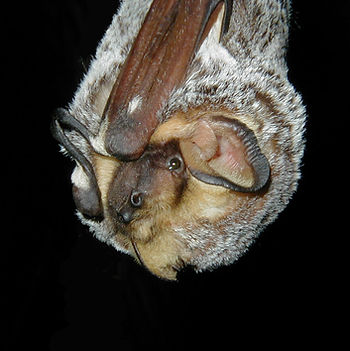.jpg)
Celebrating 40 Years of Coastal Conservation
Andrea Pickart, Carol Vander Meer, & Mike Cipra
February 22 from 6-7:30 pm
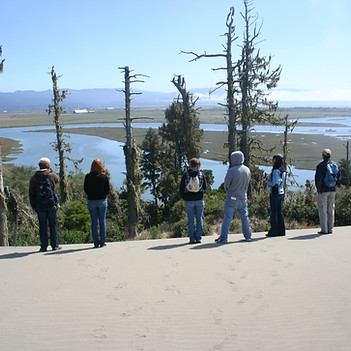
It all started back in 1982 when a group of volunteers called “Friends of the Dunes Preserve” organized around common goals to restore, protect, and share the beauty of Humboldt’s coastal dune ecosystems. They offered environmental education and stewardship programs based at the Lanphere-Christensen Dunes Preserve, which at the time was one of the few coastal dune properties in Humboldt County managed for conservation. Forty years later, thousands of acres of Humboldt’s coastal dune environments are managed for conservation including the Ma-le’l Dunes Cooperative Management Area and the newly acquired Samoa Dunes and Wetlands Conservation Area. Friends of the Dunes has grown to offer a wide variety of education and stewardship programs across these conservation lands and has opened our own interpretive facility, the Humboldt Coastal Nature Center. During this Webinar, join some of our long-time Friends of the Dunes as we take a look at the past, present, and future of coastal conservation and dune restoration efforts in Humboldt County.
